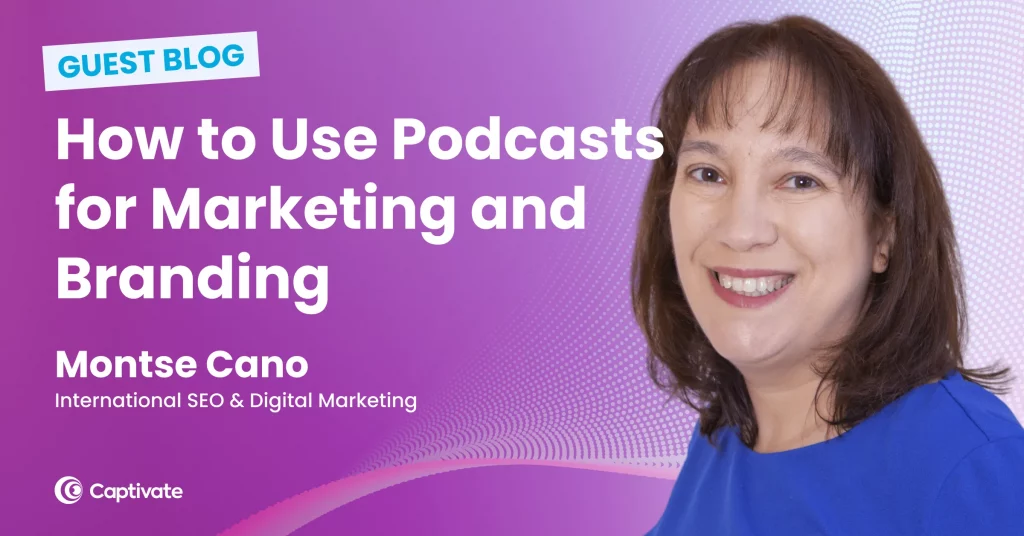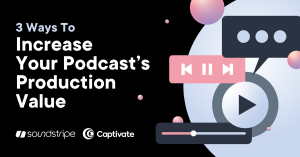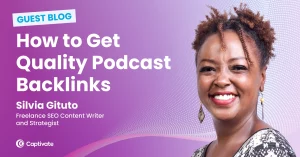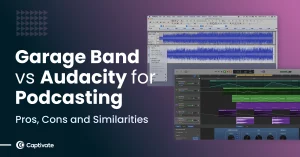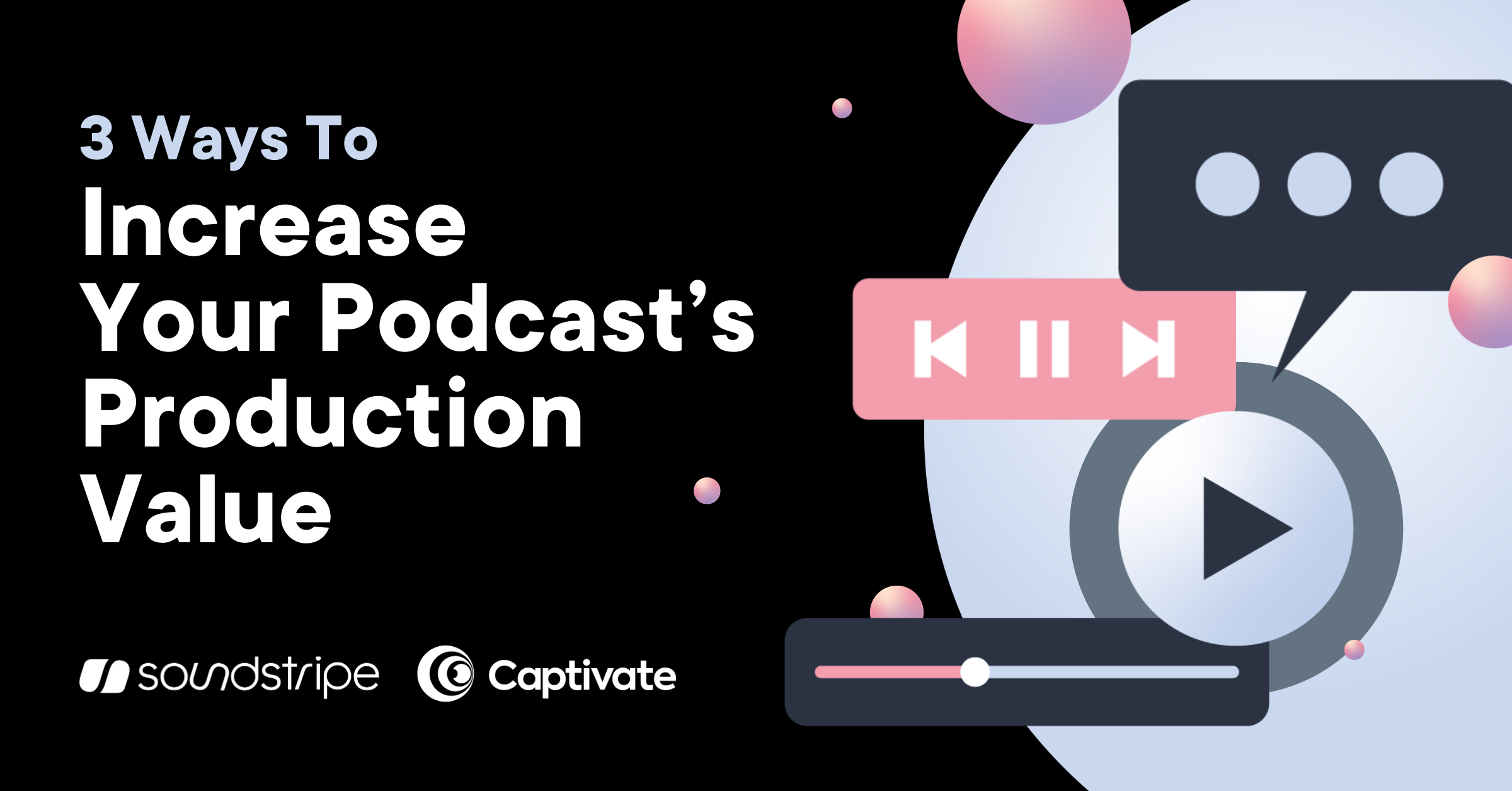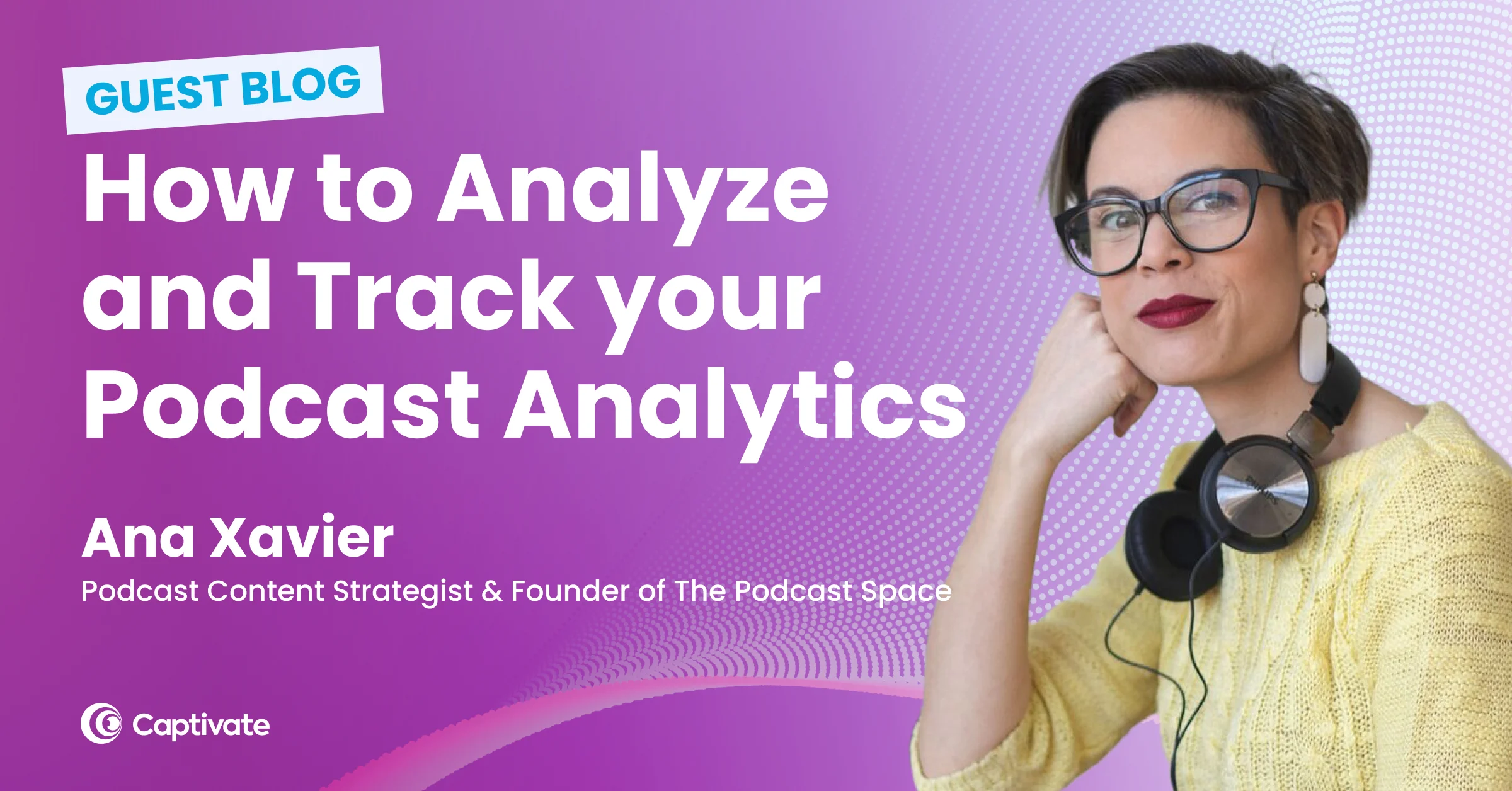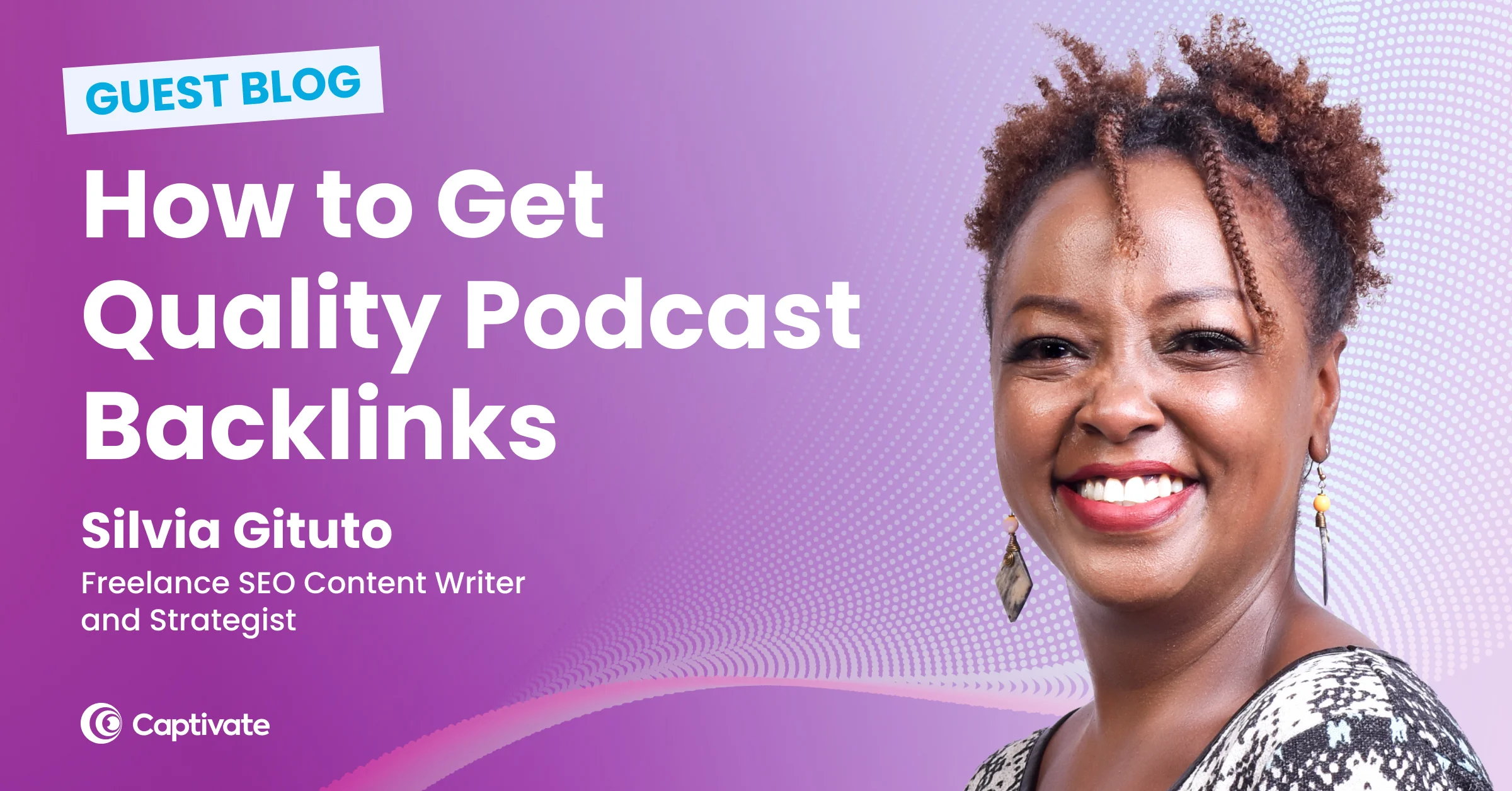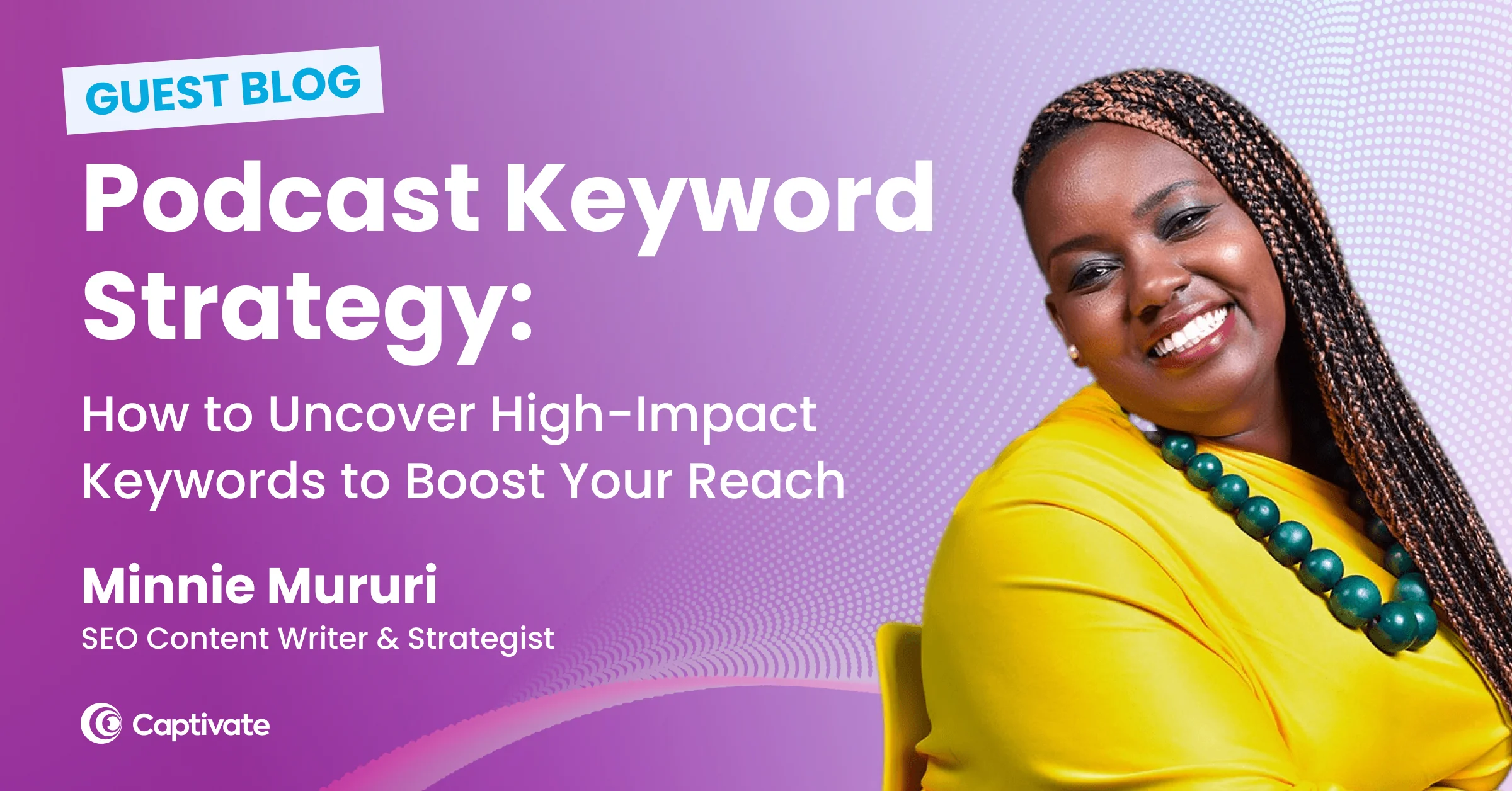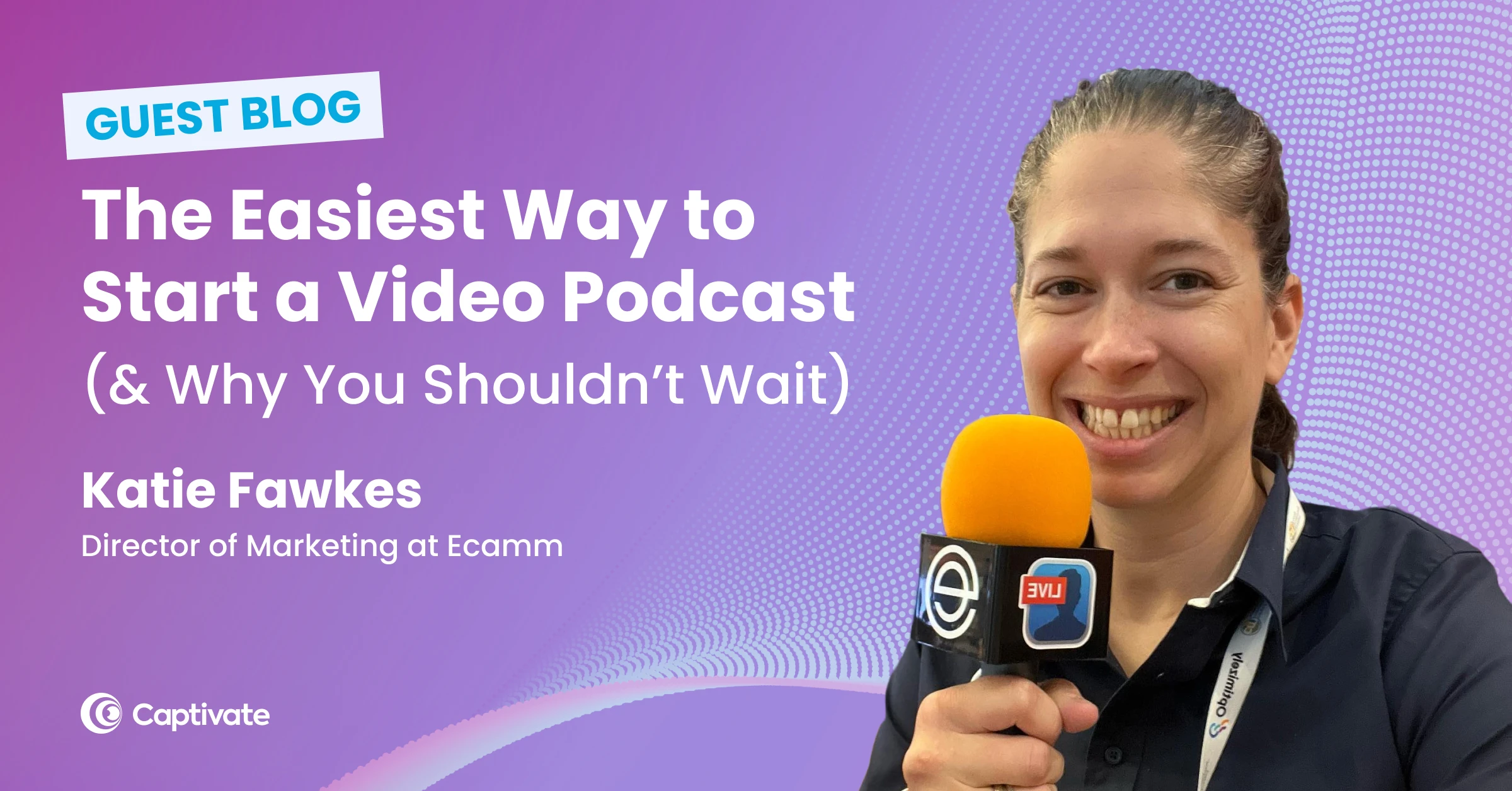Podcasting has experienced a boost over the past few years, both for creating branded podcasts and being a guest on one of the nearly 5 million podcasts listed on the Podcast Index. In fact, the podcasting industry is now worth $23.56 million globally. There are even scholarly articles on this subject indexed on Google Scholar, many of them about podcasting in the education sector.
It has come a long way since 2004, when Adam Curry and Dave Winer first transferred audio files to an iPod using iPodder. Now, there are 2.5 million indexed on Apple Podcasts and over 2 million on Google Podcasts, rising from 500,000 in 2018. As podcasts can be an effective marketing tool for your brand, I´ll give some examples of branded podcasts throughout this article and some ideas to inspire you to use podcasts for marketing and branding purposes for your business.
In this article...
Is there still any real demand for podcasting?
Spoiler alert. The answer is yes.
Despite the numbers above, it is interesting to see how the podcasting market does not seem to be saturated and brands can still differentiate in this crowded online space. There were over 450,000 listeners globally as of January 2023, which equals roughly 22% of all internet users, which is 5.16 billion.
Although the number and type of podcast listeners will vary in each market, the number of listeners globally rose by over 40 million during 2022, and it is predicted this number will reach 505 million by 2024.
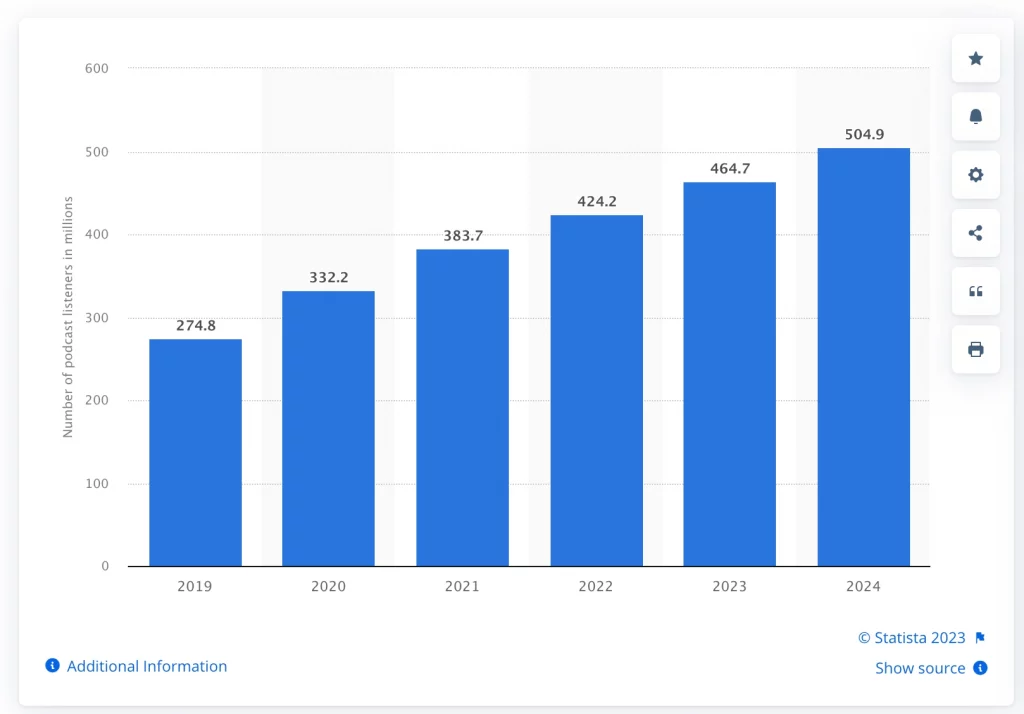
To illustrate this point, nearly 20 million Britons listen to a podcast, out of 66 million internet users in the UK. The biggest segment is 26-35, who mostly listen to comedy podcasts. In Spain, nearly 60% out of 34 million internet users listened to a podcast during 2022, mainly males and the preferred genres were culture and comedy. It seems numbers are strengthening further during 2023.
When it comes to podcast genres and topics, listeners have a wide variety to choose from. The leading genres are business, health, comedy and politics, with true crime ranking highly in the US, according to a study by the Pew Research Centre in the US. Netflix probably got wind of this since they have included this type of programme in their catalog.
Listeners mostly look to learn something new or be entertained. This is backed by data, with 48% of Britons listening to podcasts so they can learn something new. GE understood this and released a science fiction podcast called The Message where scientists decoded extraterrestrial messages using the tech GE developed.
Top tip – make it both useful and enjoyable to increase your chances of having a successful podcast.
There’s also podcast advertising to consider. Some studies have found that listeners can remember messages more when listening to podcasts, perhaps because it is less easy to skip through advertising while listening to an episode. On the other hand, it may be the case that listeners want to keep listening to the host to see what else they can learn.
Adverts tend to be more specific to the genre or topic, which is in line with the less invasive nature of podcasting. The voice of the host can help with the effectiveness of the message, similar to more traditional radio.
To summarize, it is safe to say that there still is demand for both creating a podcast and being a podcast guest in the UK and globally. Brands can be found, as podcast visibility is still high given that it is estimated that 700,000 podcasts are active, each of them with its specific topic and angle, which helps make podcasts an effective marketing tool.
Interestingly, this is similar to websites. It is estimated that there are two billion websites, with around 17% of them being active.
Key benefits of using a podcast for marketing and branding
It’s all about gaining and maintaining credibility and trust. In an increasingly saturated online market, where current and potential audiences experience message overload, podcasting enables:
- Brand discoverability
- Brand strength and recognition
Even the more traditional types of businesses can have a podcast. For example, Trader Joe’s has a successful podcast that takes an inside look into the popular convenience store chain. In fact, powerful B2B and B2C brands engaged in podcasting a long time ago (before 2015) such as Slack, Sephora or Stack Overflow. The trend still continues with branded podcasts such as Invision’s Design Better or Intuit’s TurboTax Friends with Tax Benefits. Podcasting is not a new or a passing fad.
Let’s have a look at the other benefits of having a podcast from a marketing and branding perspective.
1. Deeper connection with audiences
Podcasting offers an opportunity for brands to connect with their audiences on a deeper level and in a less invasive manner than other channels, helping them to build credibility and trust by telling their story. According to the BBC Global report published in 2019, brands who do podcasting experience an uplift in audience engagement (89%) and purchase intent (14%).
It is key to understand here that listeners have chosen to consume that specific content and that topic, possibly, during their downtime. Podcasts have their listeners ́ full attention as most listening takes place on our mobile phones, despite the rise of video podcasting. This means that this audience is highly motivated and relevant to the brand, whether B2B or B2C. What brand wouldn’t want that?
Also, audiences can listen to any episode at any given time, even back-to-back if still available on the platforms or website, which helps with discoverability over time. It’s not about catching a live show anymore, and the content is delivered with that in mind.
2. Online boost
Brands can use podcasts for ‘thought leadership’ type of content, leveraging their subject matter knowledge through conversations with guests who are specialists in a topic. In the eyes of Google and other search engines, good, genuine content is a trust signal that can help boost a brand’s online visibility. Google is placing a sizable weight on trusted content and will not likely show any content that users may not trust.
3. Distribution channels
The relatively low production cost is another reason to consider having your own podcast as a distribution channel for branded content, complementing other channels like video, social media or blogs. It is an opportunity for brands to establish themselves as leaders in a specific topic which, if aligned with their marketing and business objectives, can help build up credibility and trust over time.
For example, the website builder Wix has a podcast aimed at SEOs called SERP´s Up, which they complement with their knowledge hub, social media activity and conference attendance.
Having podcast guests in your target market is also good for marketing purposes, and builds trust with target audiences. It is key to be strategic, define target audiences and choose the right podcasts and topics to discuss.
4. New audiences
Each podcast guest may already have their own follower base, who could potentially listen to and share the podcast with their own audiences. So, leveraging your guests on social media is useful to your podcast and brand, enabling you to reach new audiences or possible podcast guests, as well as establishing further trust among your current target market.
This includes subsets of current audiences, as the podcast TedTalks Daily is looking to capture.
Another article we think you'd like...
Reading Time: 5 minutes In a guest post from podcast production company Soundstripe, Drew Gula shares 3 ways to improve your show’s production value and create a quality podcast that will attract new listeners and keep them listening.
Tips to boost brand visibility
Here are some tips to help boost the visibility of your branded podcast.
1. Strategy and planning
Like with any other channel, strategy and planning are key. The key questions we need to answer are:
- Do we have the resources?
- Can we do it over time?
Both questions are important because a podcast is a commitment. For example, the Podcast Index (mentioned above), don’t consider a podcast as such if it doesn´t have at least three episodes.
If the answer is yes to both, then set up an optimized area within your brand website, so that listeners can access your episodes and your brand can also show up on the search results for podcasting, like Shopify Masters.
Some brands prefer using a separate website, like Mozilla´s IRL: Online Life Is Real Life or Basecamp´s Rework, which will depend on a number of variables such as internal structure, marketing plans or resources.
2. Keywords, keywords, keywords
Keywords are still important to boost the online visibility of your brand as they help your listeners find your podcast and episodes. Finding a suitable set of keywords for your brand is the first step, and it needs to be part of a global search strategy for your whole brand, where we map keywords to each piece of content.
The type of keywords that may work best are known as long-tail. For example, ‘how to cook Italian food’ as opposed to ‘cooking food’. This is because users who search for those keywords may be looking for specific content and may be more likely to listen to that particular episode.
It is important that we don’t repeat keywords too many times, which is also known as keyword stuffing, as this can prevent search engines from viewing the content as natural and trustworthy. Remember that it is all about trust, plus how a piece of text reads is important.
The next step is making sure that keywords are present in the following:
- The transcript for each episode
- Title of the episode
- Title tag and meta description for the episode (what is shown on Google)
- Episode show notes
- Alt text for images
Transcripts are necessary for accessibility but they can also help with discoverability. For example, transcripts cater for those who are deaf or who can’t listen to the episode at that time. So that your transcript contains the appropriate keywords, make sure you do your keyword research before recording. This way you know what keywords to use. Just be mindful of the earlier point about keyword stuffing. Your episodes need to sound natural, adding keywords shouldn’t be at the detriment to the quality of the episode.
Transcripts are a good way to cater for part of your target audience who are often ignored when it comes to digital products. It’s about being inclusive for the 15% of the global population who suffer from a diagnosed disability, who have a spending power of around $6 trillion.
Alt text on images (making sure they’re high res) are also important for accessibility and provides an opportunity to include a keyword, as long as it’s relevant to the image. You should always use the alt text to explain what the image is for accessibility reasons. It’s an added bonus if that’s a keyword. Again no keyword stuffing, or listing out synonyms of the keyword.
Alt texts enable search engines to discover and index your content, especially given that image search is on the rise. Secondly, it makes it easy for assistive technologies to read your content, making it accessible to all your target audience.
It is normally added via the alt attribute on an image´s HTML code for example:
<img src=“image-file-example.jpg” alt=“Cooking Italian food with Massimo Bottura”>.
In this example, the alt text describes that the image is of chef Massimo Bottura who is cooking Italian food.
Depending on what CMS system you use for your podcast website (Wix, WordPress etc), when uploading images there will be a field to add in your alt text (also known as alternative text).
3. Repurpose your content
From each episode, marketers can make at least one blog post or video, where they go more in-depth about that topic or choose a different angle to explore. Or on the flip side you could take your most successful piece of content and create a podcast episode around that topic.
Short of ideas? Then, use a podcast topic generator.
Audiograms are a great way to advertise your podcast content on social media. They are usually videos made from a static image, with a moving audio track, soundwaves or text to create a visually engaging asset to share on social media.
4. Internationalization
Podcasts are useful for both B2B and B2C marketing in your target markets across the globe. Brands can use them to learn more about their target market and audiences in different places around the world.
You can also analyze how listeners interact with your competitors via their podcasts or with your own podcast if you´re already present in that market.
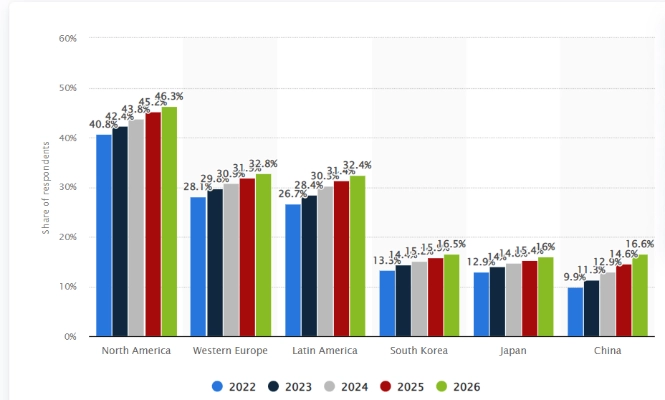
Podcasts’ popularity over the years has increased around the world, as the graphic shows, and are available in over 100 languages, with English and Spanish being the most popular.
One way to use podcasts for international marketing is to find out about topics, guests, and hosts in the target markets, as well as downloads and other numbers. See whether your brand can either feature as a guest or do a podcast with a different angle that has not been covered already.
5. Measure
Don´t forget to measure your activity. Set from the start what you need to measure, and then benchmark and compare against that.
Another article we think you'd like...
Reading Time: 8 minutes Getting backlinks for your podcast will help with the discoverability of your show – learn what they are and easy ways to get them for your show!
Here are some stats to measure:
- Episode downloads (daily, weekly, monthly etc)
- Social shares of episodes
- Podcast reviews
- Traffic to the podcast website
- Listen-through rate (how much of an episode is listened to)
- Leads or purchases
These are just a few ideas about how to use podcasts for both B2B and B2C marketing, and help your brand differentiate in this often-crowded online space.
Good luck with your podcasting journey!

